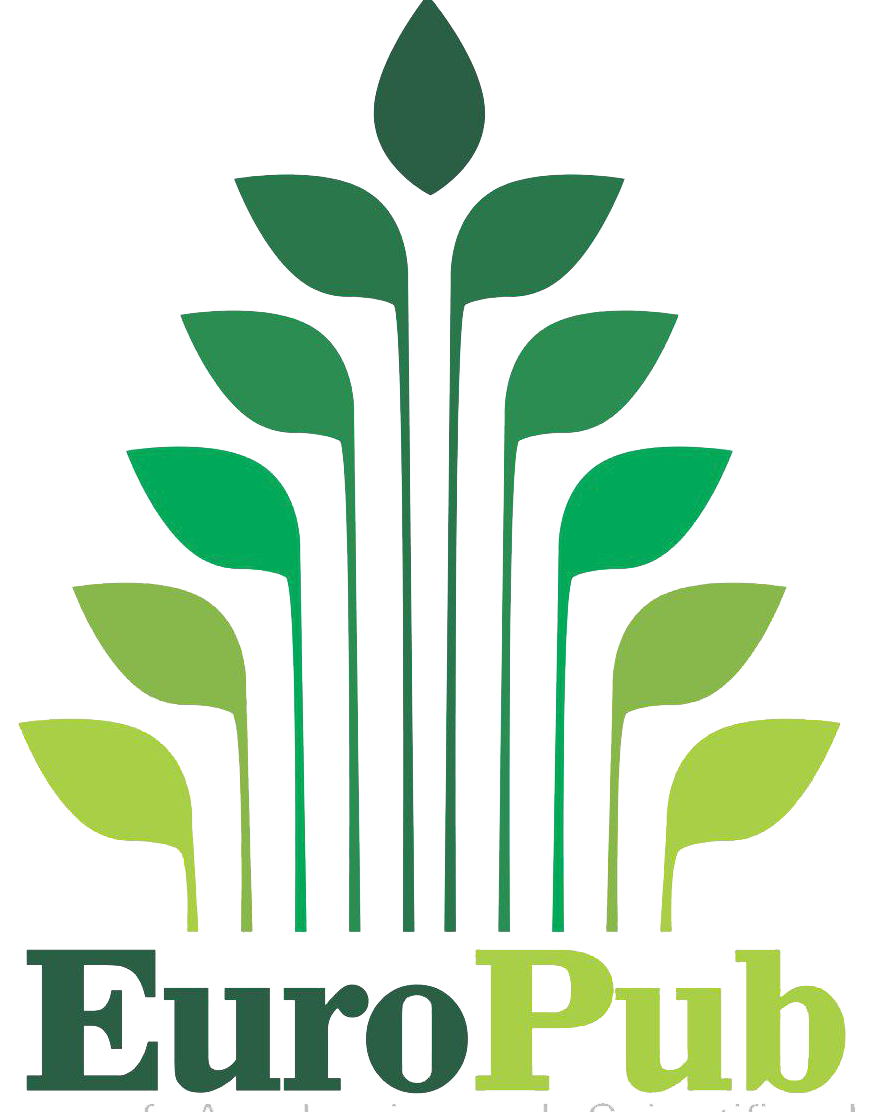Language Use and Ethnic Identity of Young Migrant Kashmiri Speakers in Karachi, Pakistan
Muhammad Hassan Abbasi, Muhammad Wasif Khan, Farida Panhwar
Abstract
Pakistan is home to several indigenous communities. However, life in cities is much more challenging than in under-developed areas. Due to social mobility, economic uplift, and better educational and health opportunities; communities migrate from their local towns to cities. Hence, each province reflects a diverse population and cultural groups speaking their mother tongues, practicing different religions, and following their cultural norms independently. Therefore, this study aims to explore the case of young migrant Kashmiri speakers who are residing in different urban parts of Karachi. As the focus is to identify the language use and identity patterns of young Kashmiri speakers in the presence of dominant languages and cultures. Consequently, the qualitative case study has been undertaken using purposive sampling to know about the scenario of young Kashmiris. For this purpose, data were collected from 05 participants using semi-structured interviews and the responses were analyzed using thematic analysis. The findings of the study show that the young Kashmiris use the Urdu language in different domains like home, market, education, and friends because of upward social mobility and lingua franca. As a result, it is being used in their ancestral hometowns as well. While the Kashmiri language has been restricted and it is only used for fun and interaction with only relatives. Similarly, the linguistic identity is predefined by being proud of the Kashmiri language, its association and affiliation with the Kashmiri land, and geography. Overall, although the language patterns showed a shift, the linguistic identity is preserved by a high ethnolinguistic vitality among the young generation in cities.





